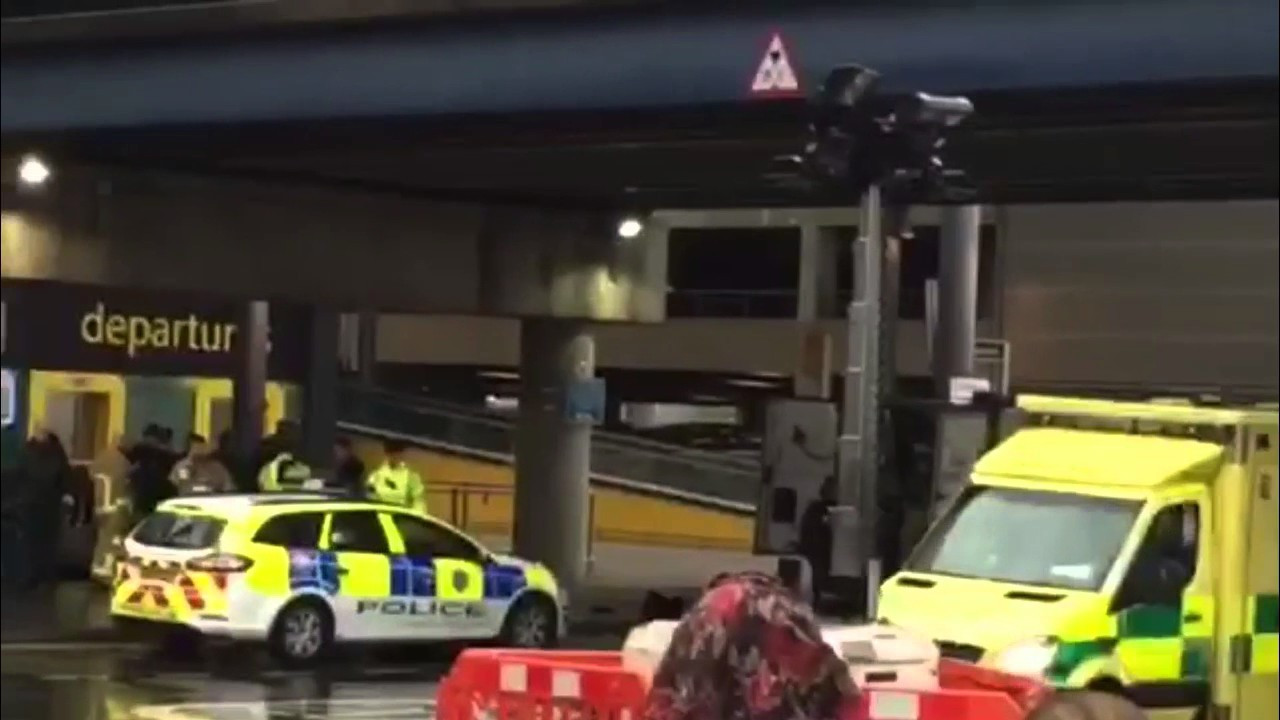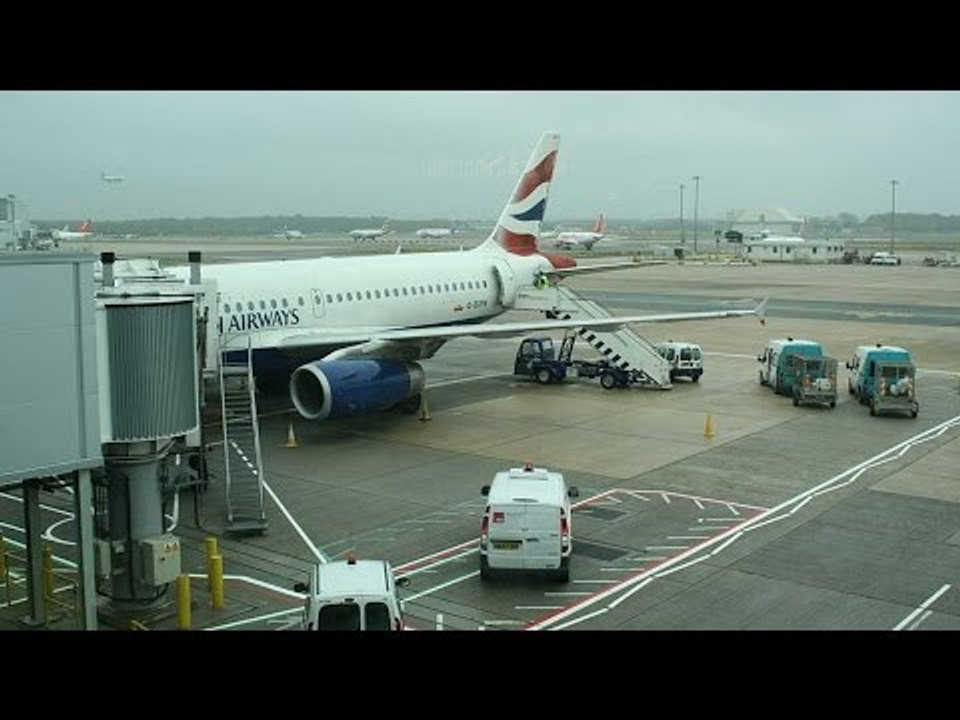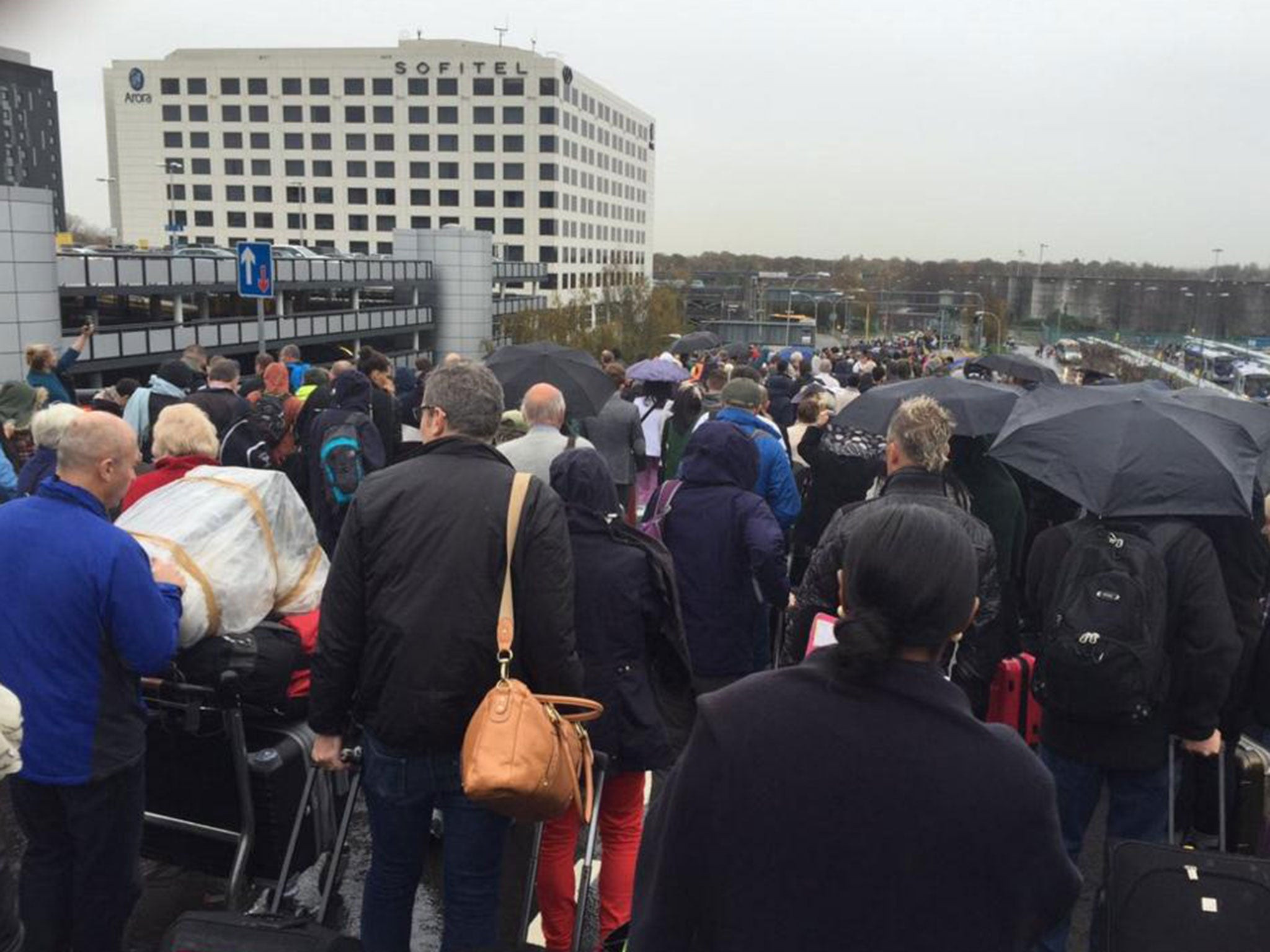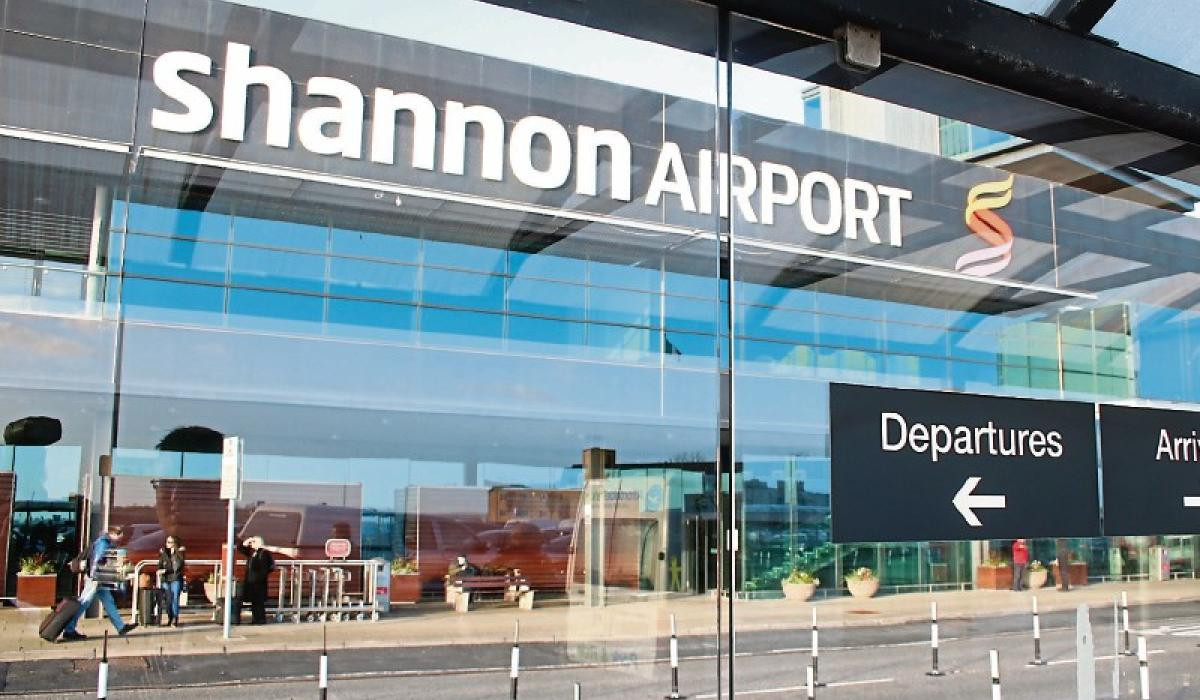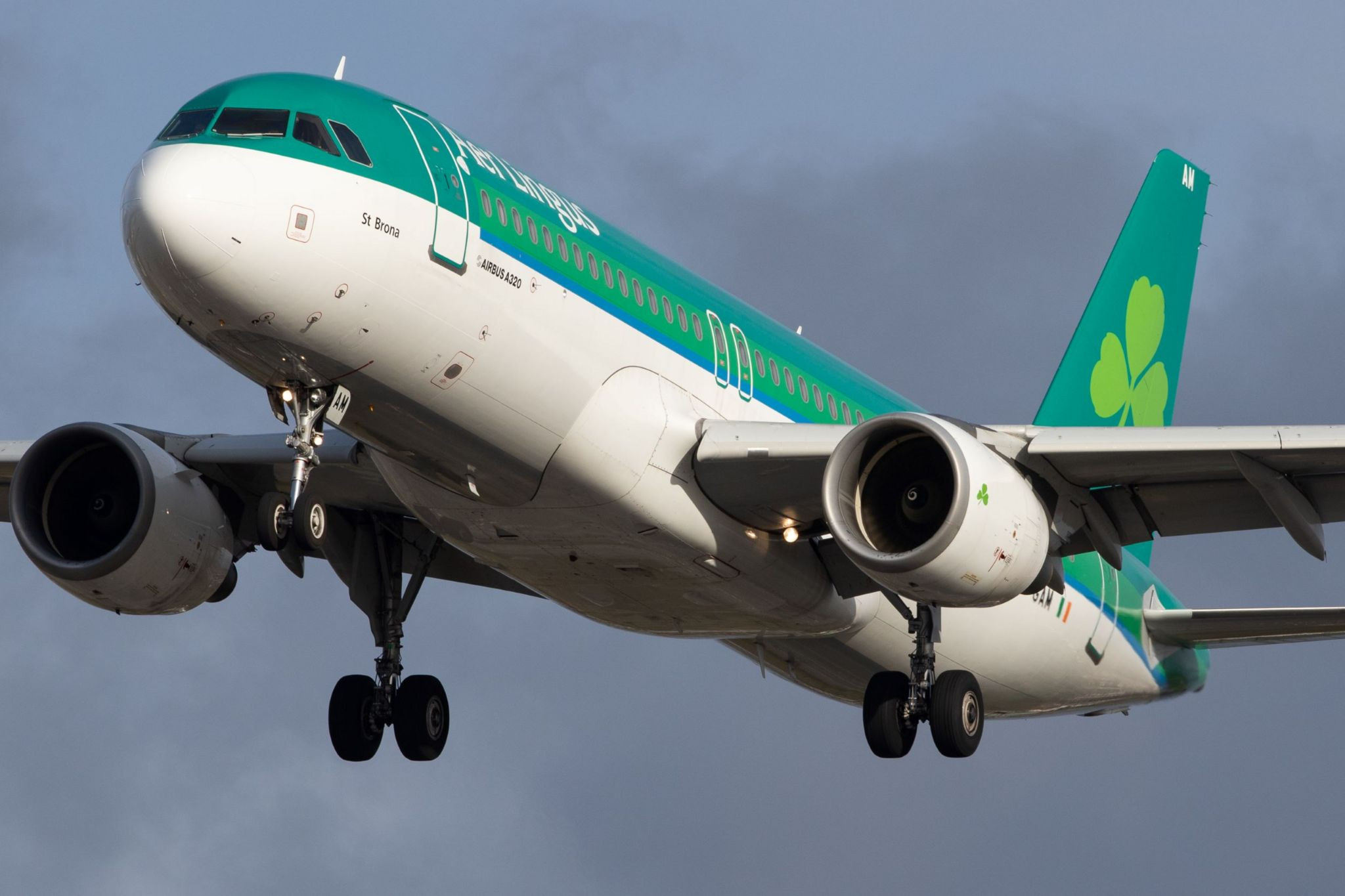Gatwick Airport Security Alert: South Terminal Evacuated, Flights Disrupted
Thousands of passengers experienced significant disruption on Friday morning after a security alert at Gatwick Airport's South Terminal led to a complete evacuation. The incident, which began around 8:20 a.m. local time, involved a suspected prohibited item found in luggage, prompting a swift response from Sussex Police and an Explosive Ordnance Disposal (EOD) team. The South Terminal remained closed for over six hours, impacting hundreds of flights and causing widespread travel chaos. The situation underscores the critical role of airport security and the challenges faced by authorities in ensuring passenger safety while maintaining operational efficiency.
The Security Alert and Evacuation
Sussex Police responded to reports of a suspected prohibited item in the luggage area at Gatwick Airport's South Terminal. The discovery triggered an immediate evacuation of the terminal, with thousands of passengers being ushered out of the building and onto the streets. The incident prompted the closure of the train station serving the airport, further disrupting travel plans for those arriving and departing. Passengers were seen huddled together, wrapped in foil blankets, waiting for updates in the cold. Videos posted on social media showed the large-scale evacuation, the organized efforts of airport staff, and the visible presence of National Inter-Agency Liaison Officers coordinating the response. Deborah Cohen, a former BBC journalist, documented the scene on social media, showcasing the level of disruption experienced by affected passengers.
Passenger Disruptions and Delays
The security alert significantly impacted flight schedules at Gatwick Airport. Cirium, an aviation analytics website, reported that 316 flights were scheduled to depart from the airport on Friday, with over 60,600 seats, and 318 flights were scheduled to arrive, with over 61,400 seats. Many flights were delayed, some by several hours, while others were canceled altogether. Major airlines such as British Airways and Vueling reported significant delays and cancellations. In addition to flight delays, the evacuation also caused major disruption to train services at Gatwick Airport Station. The train station remained closed during the security alert, suspending services and adding to the travel chaos. The rail closures added to already long delays for passengers stranded at Gatwick Airport.
Resolution and Reopening
By mid-afternoon, police declared the security alert resolved and cleared. Gatwick Airport announced the reopening of the South Terminal to staff and passengers. Train services resumed calling at Gatwick Airport Station following the terminal's reopening. The airport acknowledged delays and cancellations, advising passengers to contact their respective airlines for updates on their flights. Despite the reopening, many passengers faced continued delays as they navigated their way through the backlog caused by the prolonged disruption.
Aftermath and Passenger Experiences
Even after the all-clear was given and the South Terminal reopened, the incident's effects lingered. Passengers reported long queues, a lack of information, and a general atmosphere of uncertainty. One passenger expressed frustration over a “laughable lack of information, advice, or crowd management.” Others shared their anxieties about missed connections, canceled plans, and the inconvenience caused by unexpected delays. Stories emerged of passengers being stuck on the tarmac, and some passengers still struggled to find transportation after airport operations resumed. Some passengers noted a lack of clear communication from airport staff, highlighting the importance of streamlined and timely information dissemination during such incidents.
The Human Cost of Disruption
The Gatwick Airport incident didn’t only involve delays and cancellations; it affected people's lives on a more personal level. Many passengers' travel plans were severely disrupted, leading to missed connections, cancelled holidays, and significant financial implications. For those who rely on airport transportation for important appointments or personal events, the extended delays brought about added stress and hardship. The incident brought to light the human cost of significant airport disruptions, and the lasting ripple effects that such events have on individuals' lives and schedules.
Lessons Learned and Future Preparedness
The incident at Gatwick Airport serves as a reminder of the constant need for vigilance and preparedness in airport security. Though the specific details about the item remain sparse, the comprehensive response from the authorities suggests robust safety protocols were in place. Further analysis of this event could help identify improvements in communication strategies, passenger support systems, and the overall management of unexpected disruptions, ensuring that future incidents at Gatwick and other airports cause the least amount of disruption to travellers. The incident also highlighted the vital role that clear and consistent communication plays in alleviating anxiety and ensuring cooperation during emergencies. By learning from this incident, airports worldwide can enhance their emergency response plans and provide more effective support to passengers during unexpected events.
Looking Ahead: Improving Airport Security and Passenger Experience
Moving forward, the focus should be on enhancing airport security procedures while optimizing information flow to passengers. Clear communication channels, improved crowd management strategies, and readily available support systems are crucial to minimizing disruption and improving the overall passenger experience during security alerts. By reviewing the handling of the Gatwick Airport incident, lessons can be learned to improve protocols, communication strategies, and overall efficiency for better preparedness. The incident serves as a valuable case study for enhancing future security measures while prioritizing passenger well-being and minimizing disruption. This should involve the collaborative effort of airport authorities, security personnel, and airlines to establish a more resilient and passenger-centric approach to crisis management.




